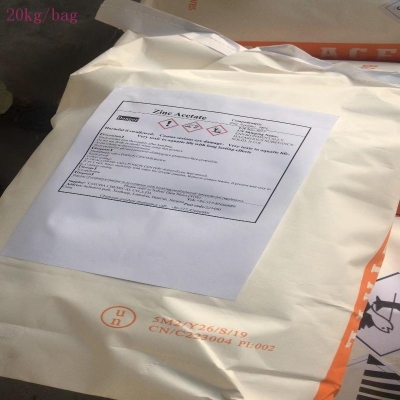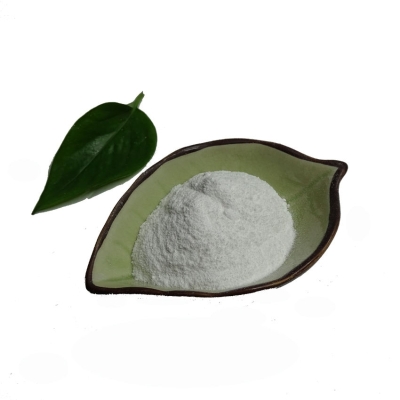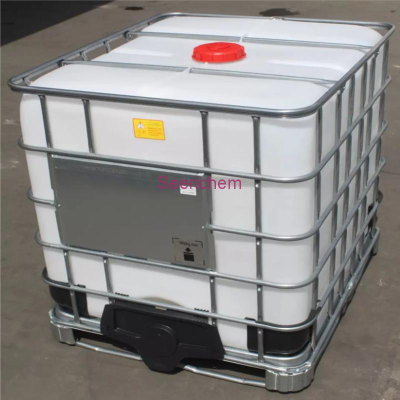-
Categories
-
Pharmaceutical Intermediates
-
Active Pharmaceutical Ingredients
-
Food Additives
- Industrial Coatings
- Agrochemicals
- Dyes and Pigments
- Surfactant
- Flavors and Fragrances
- Chemical Reagents
- Catalyst and Auxiliary
- Natural Products
- Inorganic Chemistry
-
Organic Chemistry
-
Biochemical Engineering
- Analytical Chemistry
-
Cosmetic Ingredient
- Water Treatment Chemical
-
Pharmaceutical Intermediates
Promotion
ECHEMI Mall
Wholesale
Weekly Price
Exhibition
News
-
Trade Service
It was learned from the Chinese Academy of Sciences that researcher Chen Ping and Dr.
Guo Jianping from the National Laboratory of Clean Energy of Dalian Institute of Chemical Physics, Chinese Academy of Sciences have made important progress in the research of catalytic synthesis of ammonia.
They innovatively proposed a "dual active center" catalyst design strategy, and thus developed a series of composite catalyst systems composed of transition metals and lithium hydride, realizing the low-temperature catalytic synthesis of ammonia.
Related research results were recently published in the journal "Nature-Chemistry".
? Ammonia is one of the most basic chemical raw materials and the most important source of fertilizer.
From a thermodynamic point of view, the reaction of nitrogen and hydrogen to form ammonia can be carried out under normal temperature and pressure conditions.
However, because the nitrogen molecule is very stable and difficult to activate, the industrial ammonia synthesis process must be realized under the conditions of high temperature and high pressure (350-500°C, 50-200 atmospheres).
Such harsh conditions make the synthetic ammonia industry consume 1%-2% of the total global energy supply every year.
my country is also the largest country in the production of synthetic ammonia, and its annual output is close to 30% of the world's total synthetic ammonia.
Therefore, in view of my country's national conditions, the development of low-temperature, low-pressure, and high-efficiency ammonia synthesis catalysts has important strategic significance.
The team led by researcher Chen Ping creatively introduced lithium hydride as the second component into the catalyst, constructed a "transition metal-lithium hydride" dual-active center composite catalyst system, and proposed the "activated nitrogen transfer" reaction mechanism , So that the activation of nitrogen and hydrogen and the adsorption of intermediate species occur on different active centers, which breaks the restrictive relationship between the reaction energy barrier and adsorption energy on a single transition metal, and makes the low-temperature and low-pressure synthesis of ammonia possible.
The experimental results show that the addition of lithium hydride significantly promotes the activity of transition metals in the third period.
In particular, the Fe-LiH and Co-LiH composite catalyst exhibits a considerable amount of ammonia synthesis catalytic activity at 150°C.
Shows the effectiveness and universality of the "dual active center" strategy.
Guo Jianping from the National Laboratory of Clean Energy of Dalian Institute of Chemical Physics, Chinese Academy of Sciences have made important progress in the research of catalytic synthesis of ammonia.
They innovatively proposed a "dual active center" catalyst design strategy, and thus developed a series of composite catalyst systems composed of transition metals and lithium hydride, realizing the low-temperature catalytic synthesis of ammonia.
Related research results were recently published in the journal "Nature-Chemistry".
? Ammonia is one of the most basic chemical raw materials and the most important source of fertilizer.
From a thermodynamic point of view, the reaction of nitrogen and hydrogen to form ammonia can be carried out under normal temperature and pressure conditions.
However, because the nitrogen molecule is very stable and difficult to activate, the industrial ammonia synthesis process must be realized under the conditions of high temperature and high pressure (350-500°C, 50-200 atmospheres).
Such harsh conditions make the synthetic ammonia industry consume 1%-2% of the total global energy supply every year.
my country is also the largest country in the production of synthetic ammonia, and its annual output is close to 30% of the world's total synthetic ammonia.
Therefore, in view of my country's national conditions, the development of low-temperature, low-pressure, and high-efficiency ammonia synthesis catalysts has important strategic significance.
The team led by researcher Chen Ping creatively introduced lithium hydride as the second component into the catalyst, constructed a "transition metal-lithium hydride" dual-active center composite catalyst system, and proposed the "activated nitrogen transfer" reaction mechanism , So that the activation of nitrogen and hydrogen and the adsorption of intermediate species occur on different active centers, which breaks the restrictive relationship between the reaction energy barrier and adsorption energy on a single transition metal, and makes the low-temperature and low-pressure synthesis of ammonia possible.
The experimental results show that the addition of lithium hydride significantly promotes the activity of transition metals in the third period.
In particular, the Fe-LiH and Co-LiH composite catalyst exhibits a considerable amount of ammonia synthesis catalytic activity at 150°C.
Shows the effectiveness and universality of the "dual active center" strategy.







